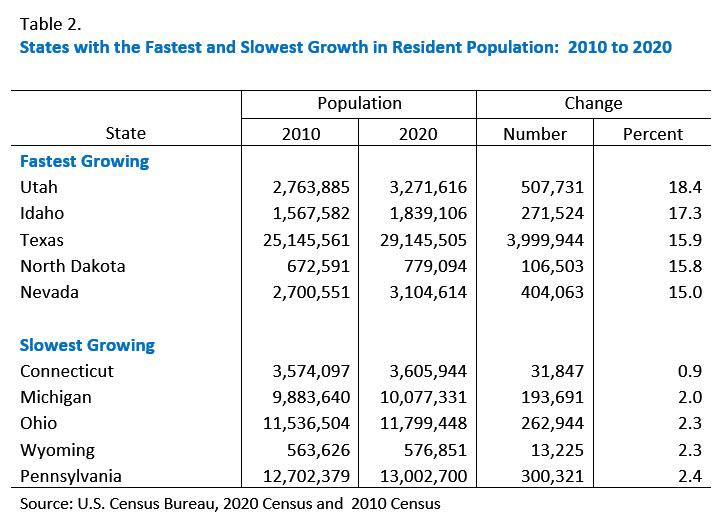Census Data Shows U.S. Poverty Rates Not Significantly Changed in 2024
The latest census data has revealed a relatively stagnant trend in U.S. poverty rates for 2024. This information is crucial for understanding the economic landscape of the nation. Despite fluctuations in the economy, the rates reflect little change when compared to previous years.
Analysis of Poverty Trends
According to the recent report, the poverty rate has remained consistent, indicating that many Americans are still struggling. This status quo raises important questions about national policies aimed at alleviating poverty. The findings stress the need for tailored initiatives to address the unique challenges facing vulnerable populations.
Regional and Demographic Disparities
The report also highlights significant disparities in poverty rates across different demographics and regions. While some areas have seen improvements, others continue to grapple with high poverty levels. Groups such as single-parent households and communities of color are particularly affected, emphasizing the need for targeted support.
Consequences of Stagnant Poverty Rates
Ongoing poverty can lead to broader societal issues, including increased healthcare costs and reduced educational opportunities. The stagnation of poverty rates affects not just those in poverty, but the entire nation. Addressing these underlying issues is essential for fostering an equitable society.
Looking Ahead: Possible Solutions
Experts suggest various approaches to effectively tackle poverty, including increased minimum wages and enhanced social safety nets. Implementing these solutions could create a more favorable economic environment for all. As policymakers review the data, it’s clear that a multifaceted approach is needed to bring about meaningful change.
For further details, you can read the full article at Spotlight on Poverty.

